- About us
- Support the Gallery
- Venue hire
- Publications
- Research library
- Organisation chart
- Employment
- Contact us
- Make a booking
- Onsite programs
- Online programs
- School visit information
- Learning resources
- Little Darlings
- Professional learning
George Richmond, the son of a miniature painter, grew up in London, took early artistic instruction from his father and enrolled in the Royal Academy Schools in 1824. As a young man he was part of a circle of artists known as 'The Ancients', centred around William Blake. A prolific portraitist, Richmond ultimately depicted more than two thousand sitters, among them leading cultural figures such as Blake, Charlotte Brontë, Charles Darwin and John Ruskin. In early 1843, the newly ordained Bishop of Tasmania, Francis Russell Nixon (1803–1879), commissioned Richmond to create his portrait. Oxford-educated, Nixon was from a family of accomplished amateur artists (JMW Turner was a friend of his father's) and was a talented watercolourist, and later photographer, himself. During his time in Tasmania, he co-founded the Hobart Town Sketching Club, was on the organising committee for the first art exhibitions held in Tasmania, and held a solo exhibition of his own watercolour landscapes in 1858. Richmond's portrait of Nixon – on which this engraving is based – was donated to the National Trust of Tasmania in 2013 to hang in Nixon's former home, Bishopstowe, now called Runnymede.
Purchased 2009



On one level The Companion talks about the most famous and frontline Australians, but on another it tells us about ourselves.
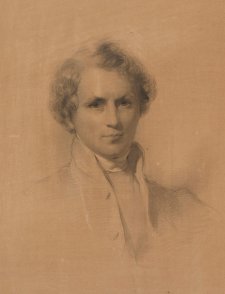
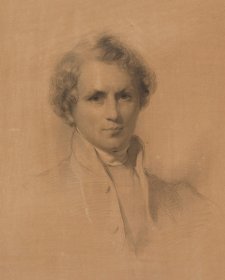
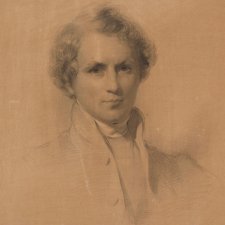
Jessica Smith looks at the 'fetching' portrait of Tasmania's first Anglican Bishop, Francis Russell Nixon by George Richmond
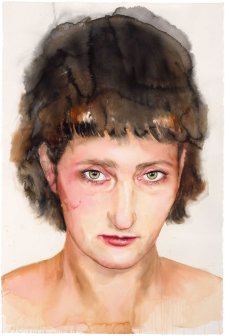
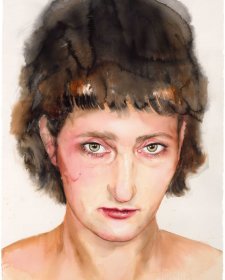
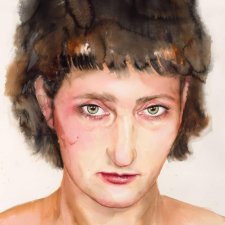
Encompassing the 1820s to the 2020s, Time and Line showcases the depth and extent of our drawing collection.